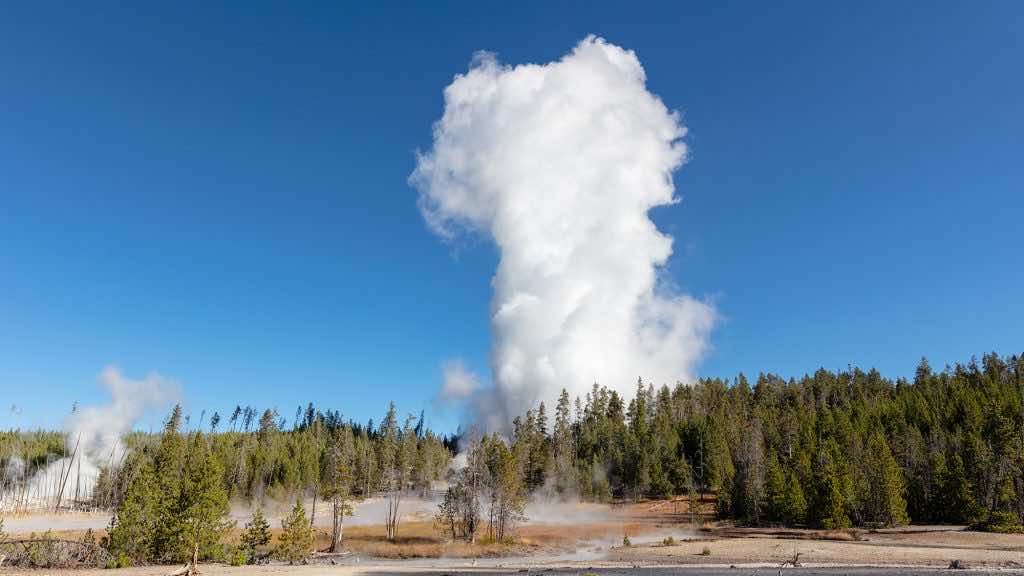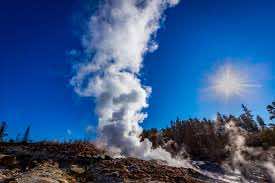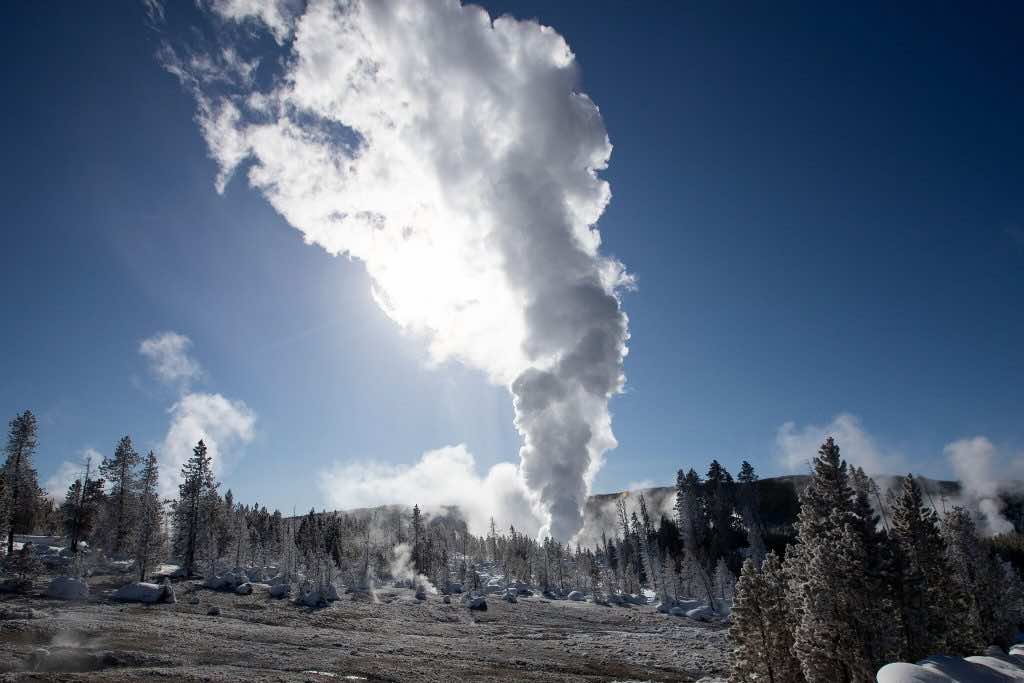Yellowstone National Park gives a valuable testbed for the scientists who are eager to identify why some geysers explode more frequently while others do not. A Utah university team has been keeping a close observation of natural streams of airborne water and steam. These researchers have also developed a plumbing system for the tallest geyser in the world. Their installed plumbing system is said to serve as a foundation for studying and predicting natural geyser eruptions and also enabled us to monitor them better.
The new research has been made possible after decades of monitoring the geological movements of Yellowstone national park. Most of this assessment work has been done by scientists from the University of Utah who are now offered with assessing ‘Steamboat,’ which is the world’s tallest geyser with a measured height of 360 feet. Steamboat geyser has only been assessed twice by the research teams in history, the first was in the 1960s, and the second assessment was carried out in the 1980s. It is in complete contrast to the park old’s faithful geyser that burst nearly 20 times a day.

“We scientists don’t really know what controls a geyser from erupting regularly, like Old Faithful, versus irregularly, like Steamboat,” said study author Fan-Chi Lin. “The subsurface plumbing structure likely controls the eruption characteristics for a geyser. This is the first time we were able to image a geyser’s plumbing structure down to more than 325 feet (100 m) deep.”
The researchers were able to create pictures of the steamboat’s subsurface structures with football-sized seismometers. 50 of these monitoring devices were placed on the geyser’s surface to record seismic movements across 2018 and 2019, respectively. The monitoring devices recorded seven big eruptions in this period and employed multiple x-rays to create a CT-scan of movements underneath the surface.

The steamboat geyser plumbing works extended to depths of around 450 feet and revealed new knowledge on these geysers, fissures, and the closeby cistern spring. Its body of water drains upon the eruption of the Steamboat. Scientists believe there is an underground connection between Steamboat and the cistern spring. However, the underground images reveal a different story.
“This finding rules out the assumption that the two features are connected with something like an open pipe, at least in the upper 140 meters (460 ft),” says Sin-Mei Wu.
This contradiction between what is shown through the x-ray images and what is seen through the naturally occurring effects between the two has made the researchers come to the point that there must be some connection through small pores or fractures in the rocks. The team looks forward to developing a better understanding of how Cistern springs form these eruption cycles in the Steamboat geyser.

“We now have a baseline of what eruptive activity looks like for Steamboat,” Lin says. “When it becomes less active in the future, we can re-deploy our seismic sensors and get a baseline of what non-active periods look like. We then can continuously monitor data coming from real-time seismic stations by Steamboat and assess whether it looks like one or the other and get more real-time analysis of when it looks like it is switching to a more active phase.”


